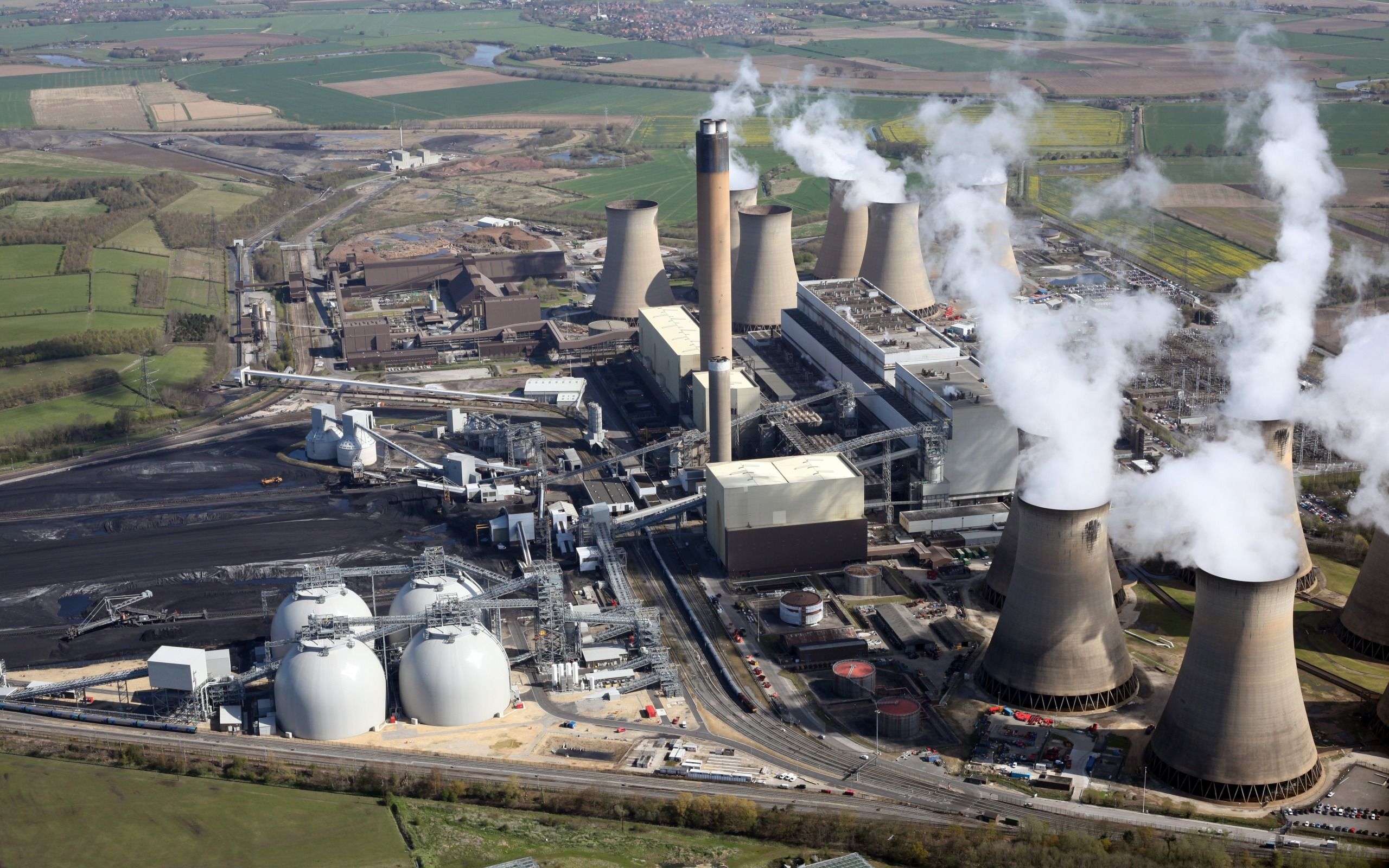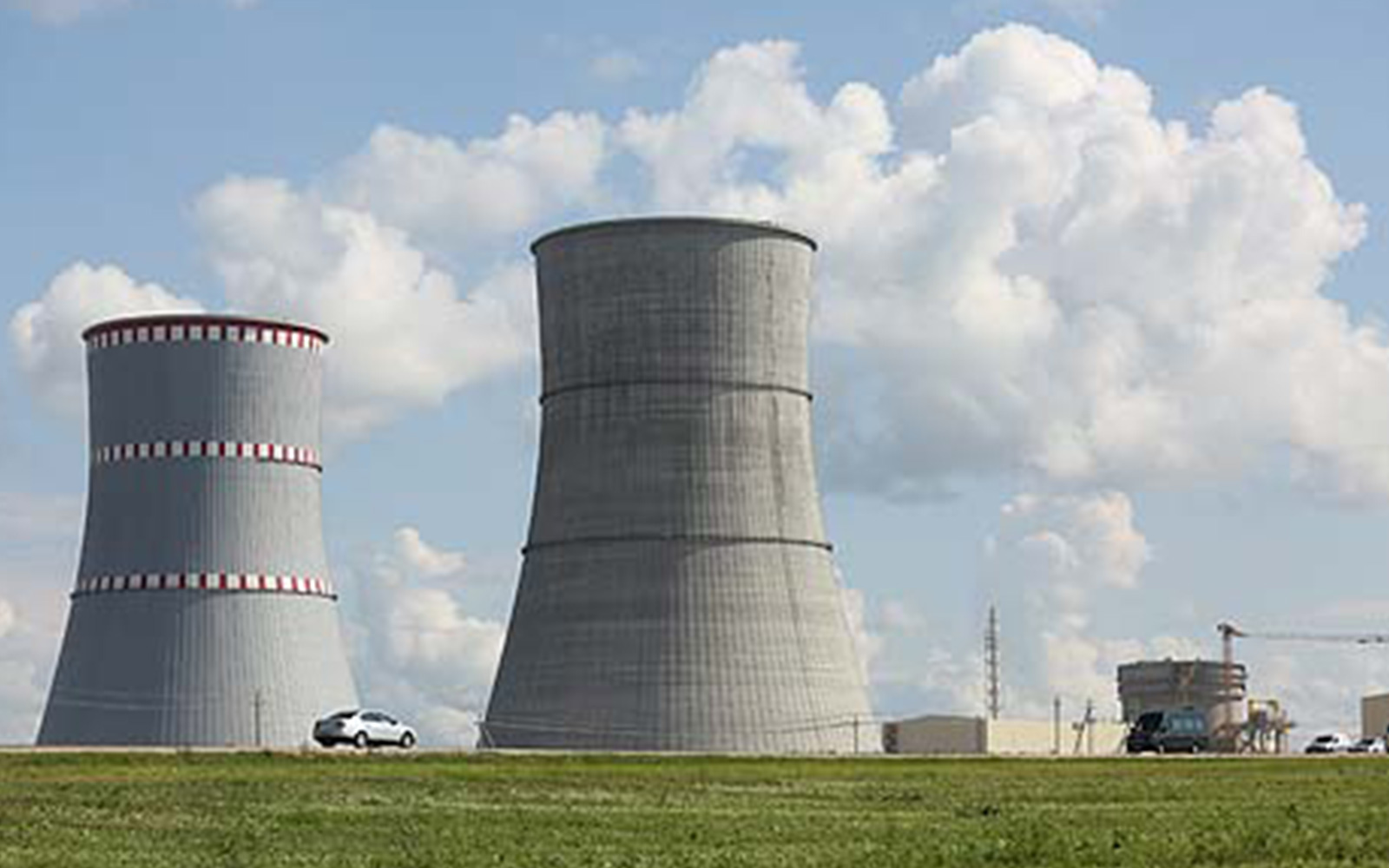

(6) When the turbine rotates, its shaft also rotates and drives the generator.

The shaft S of turbine is connected to a generator G. (5) The pressure of steam makes the turbine rotate. The hot steam at high pressure is introduced into a turbine chamber C having a turbine. (4) Water absorbs heat from hot sodium and boils to form steam. This extremely hot sodium is then passed into the coil of the heat exchanger H containing water. (3) Sodium absorbs the heat produced in the reactor. (2) Liquid sodium (or carbon dioxide gas) is pumped continuously through the pipes embedded in reactor by using a pump P. (1) The controlled fission of uranium-235 in the nuclear reactor produces a lot of heat energy. (5) Liquid sodium (or carbon dioxide gas) is used as a coolant to transfer the heat produced in the reactor by fission to heat exchanger (or boiler) for converting water into steam. (4) The reactor is enclosed in a concrete chamber M having thick walls to absorb the nuclear radiations. Boron rods can be raised or lowered in reactor from outside.


Boron rods are called control rods because they absorb excess neutrons and prevent the fission reaction from going out of control. (3) In-between the uranium rods are inserted boron rods B. It slows down the speed of neutrons to make them fit for causing fission. (2) The enriched uranium-235 rods marked A (called fuel elements) are inserted in a core made of graphite blocks inside the reactor. (1) In a nuclear power plant, the fission of nuclear fuel uranium-235 is carried out in a steel pressure vessel V of reactor R. Most of the nuclear power plants use uranium-235 as fuel to produce heat. The nuclear power plants use the nuclear fission reaction to generate electricity. Due to this a controlled fission reaction of uranium-235 takes place liberating heat energy at a slow, steady and manageable rate which can be used for generating electricity at a nuclear power plant.Ī power plant in which the heat required to make steam and turn turbines (to drive generators for making electricity) is obtained by nuclear reactions, is called a nuclear power plant. When a nuclear fission reaction is carried out in the presence of boron rods, the excess neutrons produced during successive fissions of uranium-235 atoms are absorbed by boron rods and hence not available to cause further fission. We can however, control a nuclear fission reaction by using control rods made of boron. When all the neutrons produced during fission of uranium-235 are allowed to cause further fission, then so much energy is produced in a very short time that it cannot be controlled and leads to an explosion called atom bomb. The neutrons produced in a fission process cause further fission of the heavy nuclei leading to a self-sustaining chain reaction. In the nuclear fission of uranium-235, 1 neutron is consumed and 3 neutrons are produced in the fission of each nucleus. The energy produced in a fission reaction is due to the conversion of mass into energy. The energy produced during nuclear fission reactions is used for generating electricity at nuclear power plants. This fission reaction can be represented in the form of a nuclear equation as: A tremendous amount of energy is produced during the fission of uranium. When uranium-235 atoms are bombarded with slow moving neutrons, the heavy uranium nucleus breaks up to produce two medium-weight atoms, barium-139 and krypton-94, with the emission of 3 neutrons. Nuclear fission is carried out by bombarding the heavy nuclei with low energy neutrons which are also called slow moving neutrons. So, there is a small loss of mass in the nuclear fission process which appears as a tremendous amount of energy. The sum of masses of the smaller nuclei formed in a fission reaction is a little less than that of the mass of the original heavy nucleus. The process in which the heavy nucleus of a radioactive atom (such as uranium, plutonium or thorium) splits up into smaller nuclei when bombarded with low energy neutrons, is called nuclear fission. The nuclear energy is released mainly in the form of heat (and some light). Nuclear energy can be obtained by two types of nuclear reactions:Ī small amount of mass of nucleus is destroyed during a nuclear reaction which gets converted into a tremendous amount of energy.


 0 kommentar(er)
0 kommentar(er)
